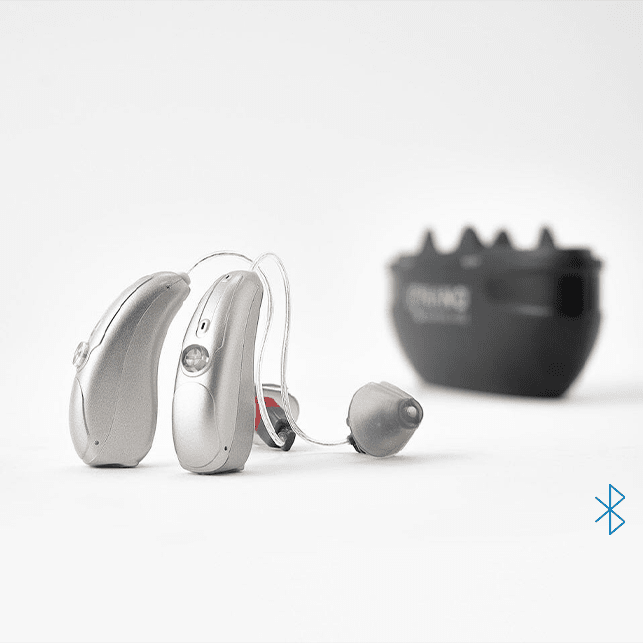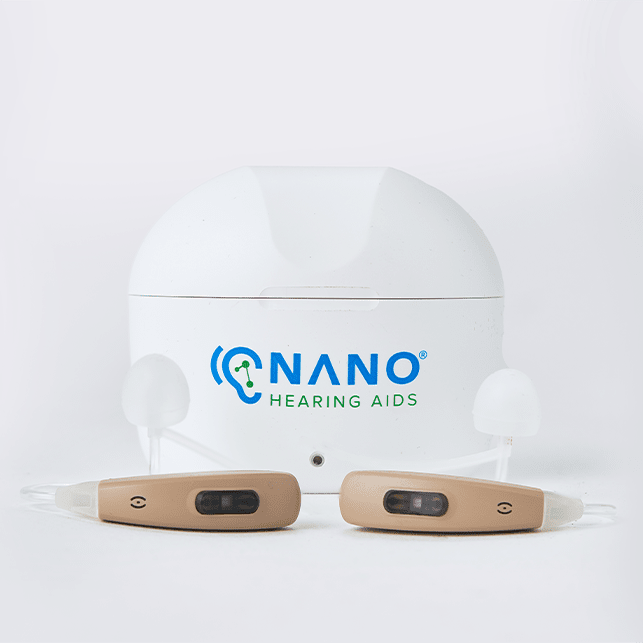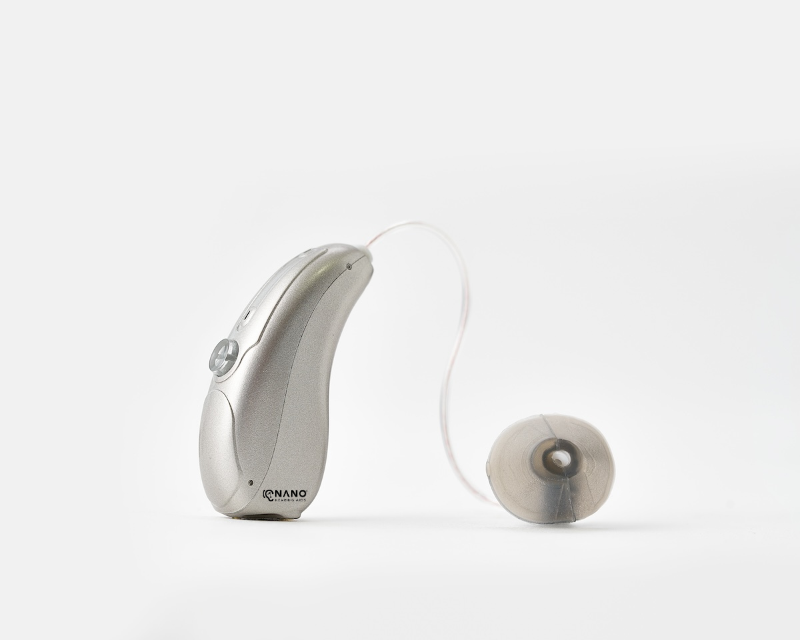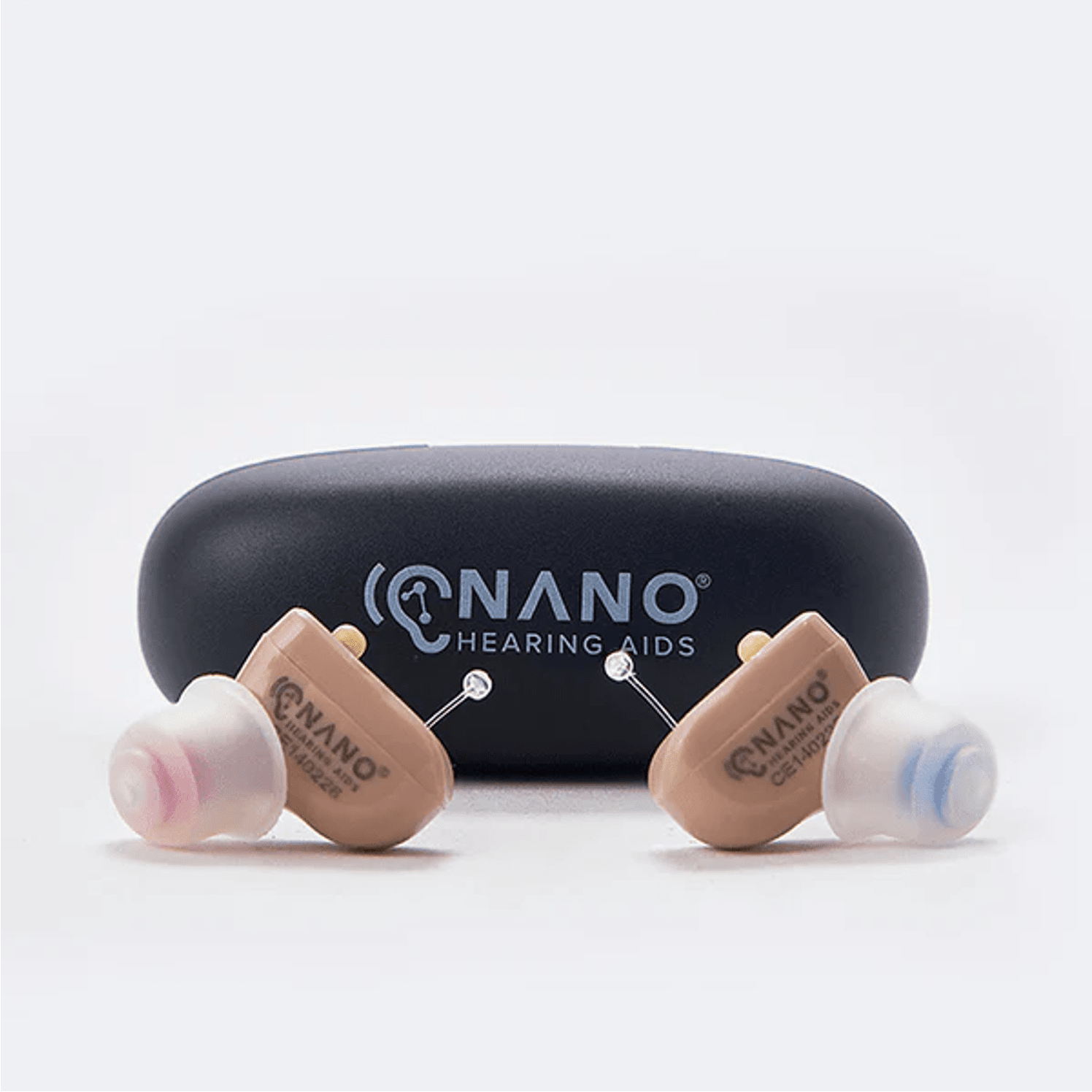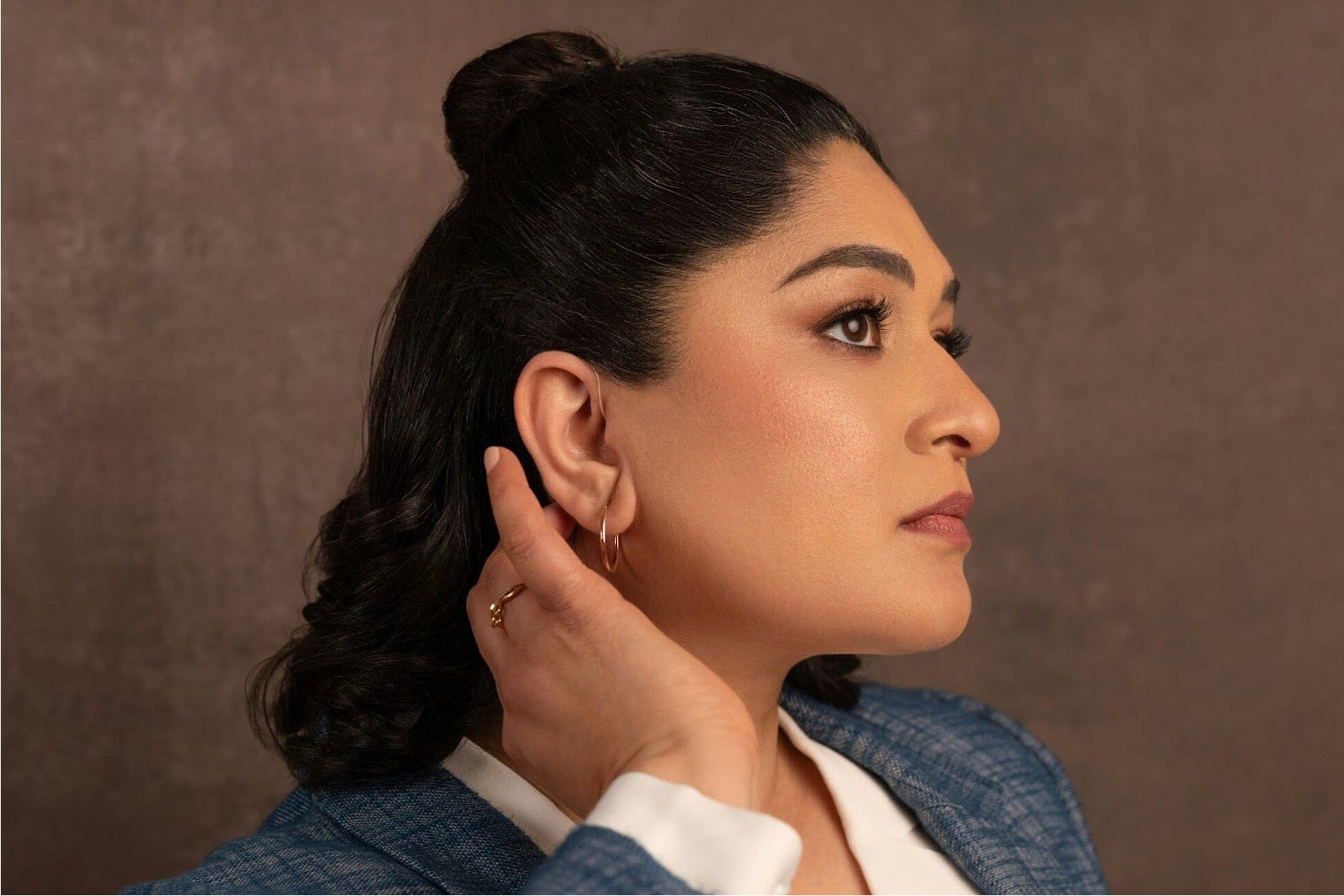Key Takeaways
- It’s important to insert the hearing aid properly.
- Choosing the right size and type of dome can prevent them from falling out.
- Regular cleaning and maintenance extend the life of your hearing aid domes.
- All Nano OTC hearing aids come with customizable ear tips with multiple dome sizes, ensuring a secure and comfortable fit to keep your hearing aids in place—especially when following the proper insertion techniques discussed in this blog.
Nano Hearing Aids are FDA-registered, Class I devices. These OTC hearing aids are designed for individuals over 18 years of age with perceived mild to moderate hearing impairment. Nano won the Top ENT Solution Provider 2023, has 24/7 customer care, and has an affordable price compared to others.
Keeping Hearing Aid Domes Securely in Your Ear and Preventing Them from Falling Out
Reasons Why Hearing Aid Domes Fall Out
- Poor Fit: Dome size that's too small or too large won't stay in place.
- Improper Insertion: Incorrect insertion can cause slipping.
- Earwax Build-Up: Excessive earwax can push the dome out.
- Wear and Tear: Degraded material affects fit and function.
Techniques to Ensure a Secure Fit
Ensuring a proper fit and regular maintenance can prevent hearing aid domes from falling out and improve comfort.

Proper Insertion Techniques
- 1. Clean Your Ears: Ensure ears are clean and free of excessive earwax.
- 2. Hold the Hearing Aid: Hold the hearing aid with the dome facing your ear canal.
- 3. Insert the Dome: Gently push the dome into your ear canal and make sure it fits snugly without discomfort.
- 4. Check the Fit: Wiggle the hearing aid slightly to ensure the dome is securely in place.
Choosing the Right Size and Type
- Consult Your Audiologist: They can help you find the perfect size and type of dome.
- Try Different Types: Experiment with open, closed, and tulip domes to find the most comfortable and secure fit.
Regular Maintenance and Replacement
- Clean Daily: Use a soft, damp cloth or specialized cleaning tool.
- Inspect for Damage: Regularly check for signs of wear and tear.
- Replace as Needed: Every 2-6 months, depending on usage and maintenance.
Daily Maintenance Tips
Cleaning Routine
- Clean your hearing aid domes daily with a soft, damp cloth or specialized cleaning tool.
- Avoid using sharp objects like pins or toothpicks, as they can damage the domes or push wax deeper into the hearing aid.
Inspecting for Damage
- Regularly check for signs of wear and tear, such as cracks, tears, or loss of elasticity.
- Replace damaged domes immediately to maintain a secure fit and optimal performance.
Proper Storage
- Store your hearing aids in their protective case when not in use to protect them from dust, moisture, and other potential hazards.
When to Seek Professional Help
Persistent Falling Out
- If your hearing aid domes frequently fall out despite proper insertion and maintenance, consult an audiologist.
- Persistent issues could indicate underlying problems like excessive earwax or an improperly fitted hearing aid.
Discomfort or Pain
- Discomfort, irritation, or pain while wearing hearing aid domes is not normal.
- Stop using the domes and consult your audiologist to identify the cause and recommend a solution, such as a different type or size of dome.
Further Precautions
Avoiding Earwax Build-Up
- Excessive earwax can push your hearing aid domes out. Clean your ears regularly and use earwax removal tools if necessary, but be gentle to avoid damage.
- If you have significant earwax build-up, consult a professional for safe removal. Regular ear check-ups can help monitor and manage earwax levels.
Preventing Moisture Damage
- Moisture can damage hearing aids and domes. Avoid wearing them in the shower, swimming, or extremely humid environments.
- Use a hearing aid dehumidifier to remove moisture - and store your hearing aids in a dry, cool place when not in use. One of Nano’s models - the First Ear Plus ITE - has a charging case that’s also a dehumidifier.
How Nano Hearing Aids Can Help
Storing your hearing aids properly can help maintain the shape of the domes and prevent them from loosening.
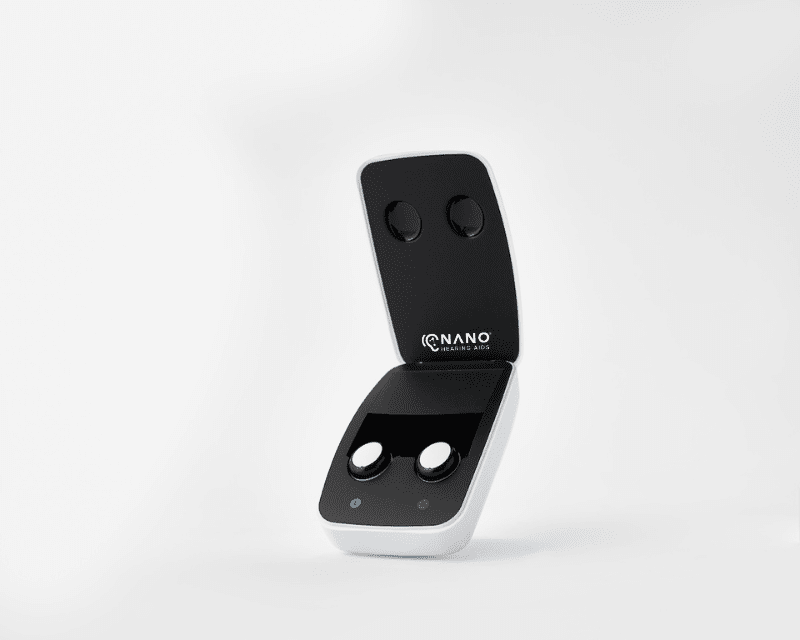
At Nano Hearing Aids, we’ve spent over 7 years perfecting the secure and comfortable fit of our hearing aids. Our FDA-registered, Class I OTC hearing aids are user-friendly and have features like noise reduction and feedback management for sound clarity.
All our models come with a variety of dome sizes and types to ensure a perfect fit for every ear. All models also have features like noise reduction technology and feedback management.
If you have any issues with your hearing aid domes, our team of professionals is always ready to assist you, whether it's finding the right dome size or addressing any discomfort.
Frequently Asked Questions
How often should I replace my hearing aid domes?
Replace your hearing aid domes every 2-6 months, depending on usage and maintenance. Look for visible wear, reduced sound quality, or discomfort.
Can I use any cleaning agent for my hearing aid domes?
No, only use cleaning agents designed for hearing aids - harsh chemicals can damage the domes. A soft, damp cloth or specialized cleaning tools are usually sufficient.
What should I do if the dome gets stuck in my ear?
Seek professional help immediately - do not attempt to remove it yourself to avoid further harm.
Are there different types of hearing aid domes?
Yes, including open, closed, and tulip domes. Each type suits different hearing needs and ear anatomies.
How do I know if my dome is the right size?
The right size fits snugly without discomfort. Too small may fall out; too large can cause irritation. Your audiologist can help determine the correct size.
Can wearing hearing aid domes cause ear infections?
Yes, if not cleaned regularly or if they fit poorly. Clean daily and replace every 2-6 months to reduce the risk.
What are the signs that my hearing aid domes need replacing?
Signs include visible wear, reduced sound quality, discomfort, or if they don't stay securely in place.
Can I wear my hearing aids while showering or swimming?
No, you should avoid wearing your hearing aids while showering, swimming, or in any situation where they might get wet, because moisture can damage your hearing aids and domes.
Why should I choose Nano OTC Hearing Aids?
At Nano Hearing Aids, we offer FDA-registered, Class I devices designed for safety and ease of use. All our models come with various dome sizes and types - so you can find a secure and comfortable fit.

